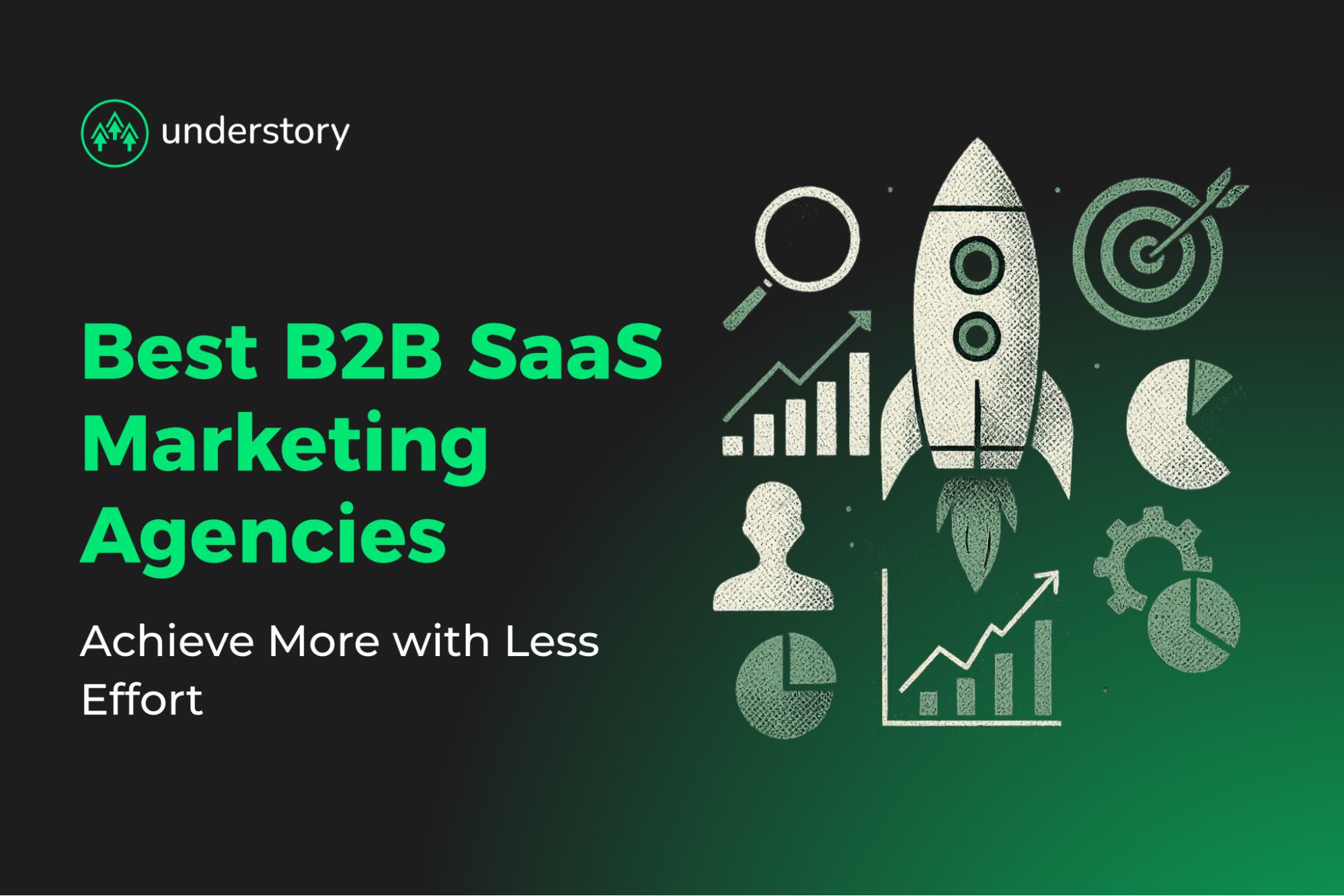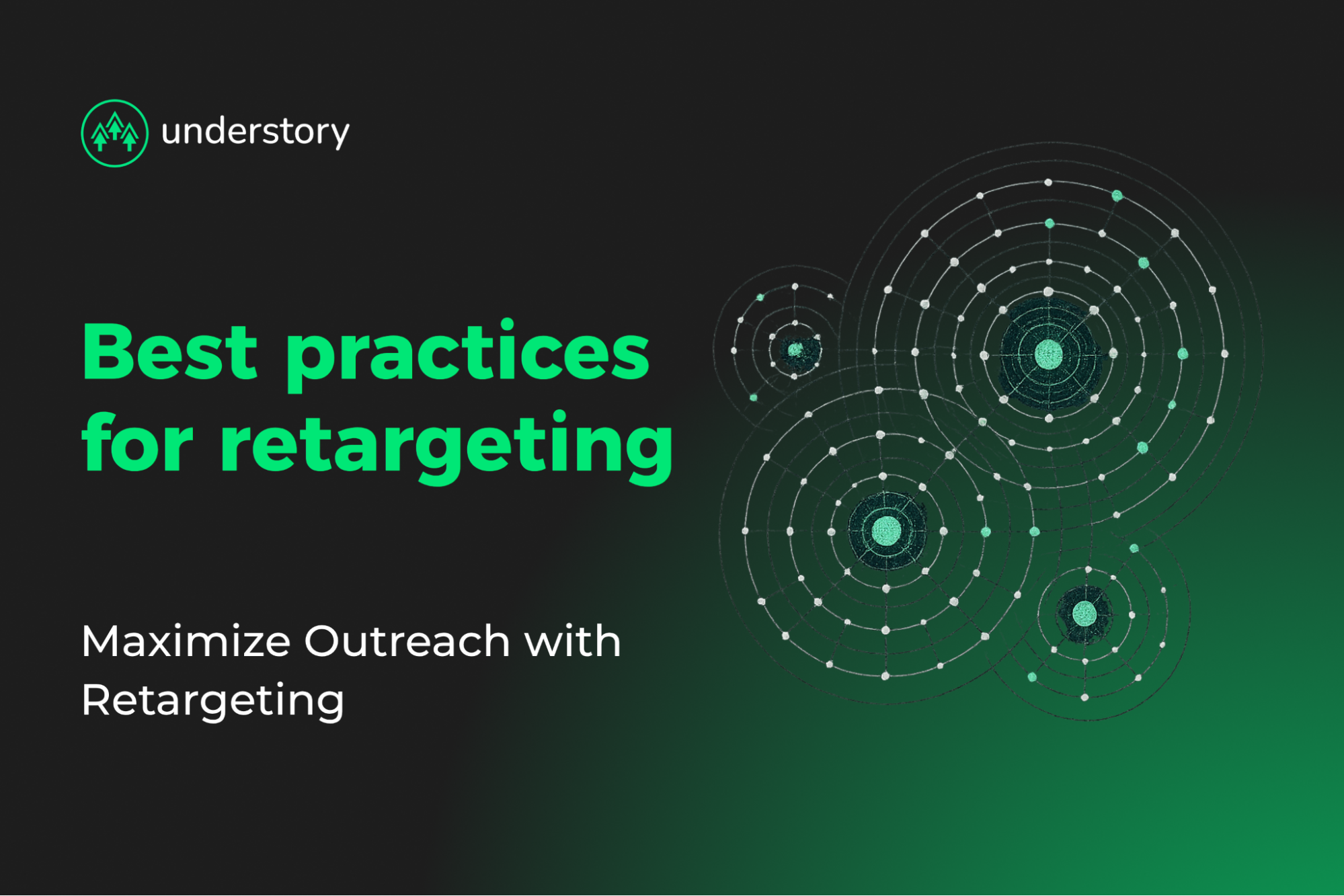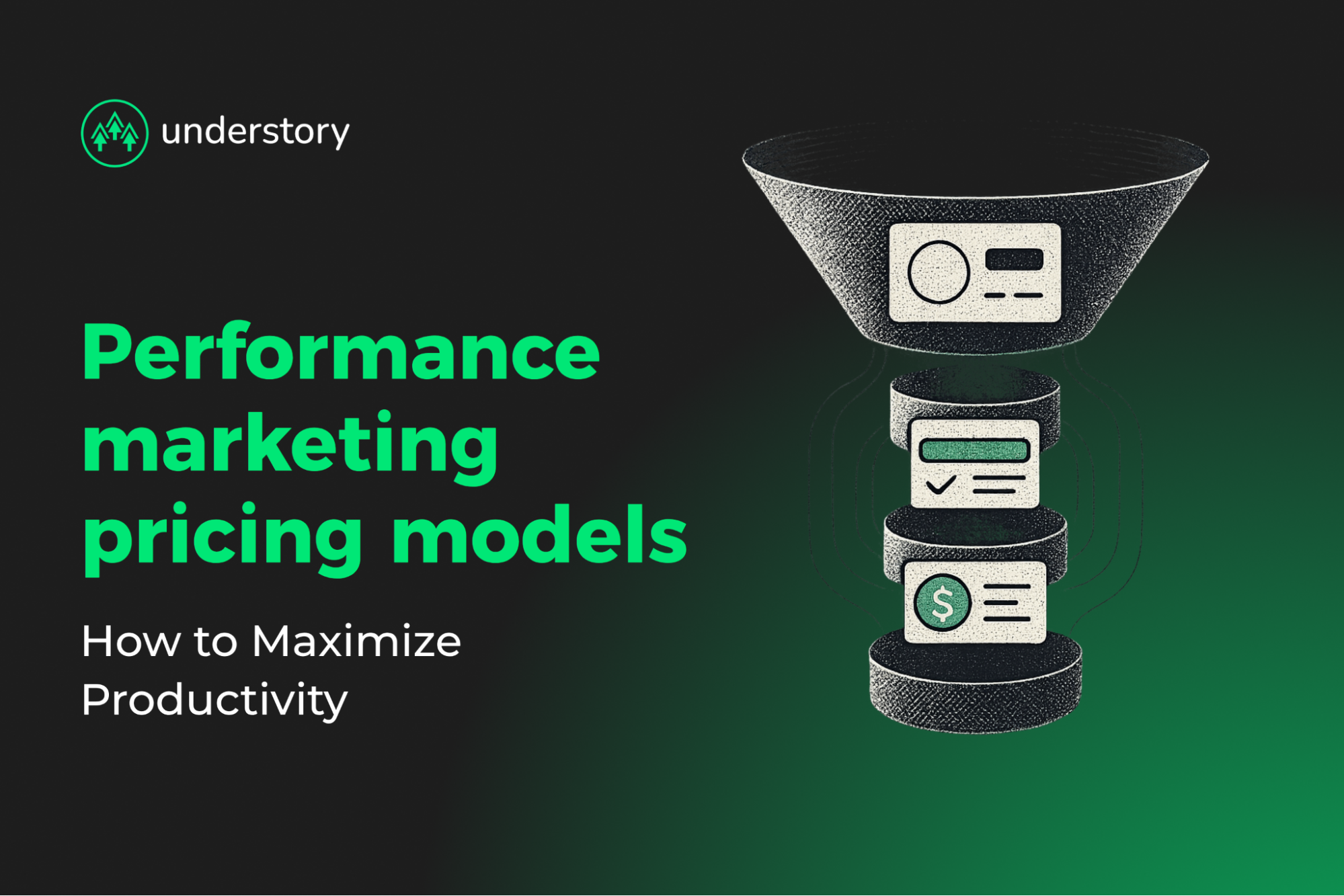

How to Track CAC and LTV: Step-by-Step Guide
Know which channels generate profitable customers and when to scale spending confidently.
Strategic growth decisions require clear visibility into which marketing channels provide a strong ROI. When you track Customer Acquisition Cost (CAC) and Lifetime Value (LTV) accurately, you know exactly which channels generate profitable customers, when to scale spending, and where to cut budget without sacrificing pipeline quality.
SaaS growth leaders tracking these metrics can allocate budget confidently across paid media, outbound, and organic channels. You spot rising acquisition costs before they impact profitability, identify high-value customer segments worth premium investment, and calculate precise payback periods that guide investment timing.
This guide walks through calculating CAC and LTV correctly, setting up dashboards for continuous monitoring, and interpreting the data to drive growth decisions. You'll learn which costs to include, how to segment by channel and cohort, and when your ratios signal opportunities to scale or optimize.
Step 1: Calculate customer acquisition cost (CAC)
Before scaling spending, you need a clear number for how much it costs to acquire a paying customer. The formula is straightforward:
CAC = (Total Sales + Marketing + Acquisition-related Overhead) ÷ New Customers
Each component hides nuances that matter for accuracy.
Include all relevant costs:
- Marketing spending covers paid search, LinkedIn retargeting, webinars, and content creation.
- Sales costs go beyond salaries to include commissions, SDR tools, demo software, and travel.
- Overhead captures the proportional share of expenses like office rent or finance support that exist solely because you run an acquisition engine.
Omitting any of these understates CAC and risks over-investing too early.
Align spending with the correct customer count. Only include customers who closed within the same time frame as your expenses. Monthly calculations reveal short-term spikes, while quarterly views smooth long sales cycles. Mixing periods will distort your metric.
Understand the difference between blended vs paid-only calculations. Blended CAC divides the total acquisition spending across all new customers, regardless of channel. Paid-only CAC isolates customers acquired via paid media campaigns. Comparing both shows whether organic programs are masking paid inefficiency. A healthy blended CAC but rising paid-only costs signals over-reliance on ads.
For example, let's assume Q1 acquisition outlays total $210,000: $120,000 on ads, $60,000 on sales salaries, $15,000 on CRM tools, and $15,000 in allocated overhead. You closed 140 customers. Here the values for both blended and paid-only CAC are:
- Blended CAC = $210,000 ÷ 140 = $1,500
- Paid-only CAC (90 customers touched by paid campaigns) = $210,000 ÷ 90 = $2,333
The difference highlights how much organic and outbound efforts contribute.
Segment CAC for actionable insights. Break down by marketing channel (paid search, partner webinars, outbound email), customer segment (SMB, mid-market, enterprise), and product tier (basic, growth, enterprise). Use a "cost matrix" spreadsheet with channels on one axis and segments on the other. Update monthly to spot trends, such as rising LinkedIn costs for enterprise accounts while webinars remain efficient.
Set a monthly review rhythm. Check CAC the first week of every month. Use variance thresholds (e.g., ±10% versus the trailing three-month average) to trigger audits. This keeps overspending from going unnoticed until it's too late.
Step 2: Calculate customer lifetime value (LTV)
Customer Lifetime Value converts revenue, retention, and margin data into a single dollar figure you can compare directly to CAC. Until you know exactly how much net value each customer brings, growth decisions are guesswork.
Two approaches can be used to calculate LTV:
Approach 1: Subscription Shortcut: This is fast and ideal for monthly KPI reviews.
LTV = ARPA × Gross Margin % ÷ Monthly Churn Rate
Approach 2: Cohort Discounted-Cash-Flow: This is slower, but provides better finance-grade accuracy. In the equation below, r is your discount rate and n the period index.
LTV = Σ(Net Cash Flow per Period ÷ (1 + r)^n)
Here's a quick example. A customer generating $800 MRR at 80% gross margin with 2% monthly churn produces an LTV of $32,000. Using the formula: $800 × 0.80 ÷ 0.02 = $32,000 in net profit on day one.
Using revenue alone inflates LTV. Subtracting hosting, APIs, support labor, and variable COGS ensures the metric reflects profitability, not just top-line revenue.
When breaking down the input, consider:
- ARPA (Average Revenue Per Account): Divide your recent MRR or ARR by active paying accounts. Exclude free trials and legacy discounts unless they convert into cash.
- Churn Rate: Use paying-customer churn for the same period as ARPA. For example, 2% monthly churn implies a 50-month expected lifespan.
- Gross Margin: Subtract all variable costs. Include expansion revenue from upsells, cross-sells, seat increases, or plan upgrades to feed directly into ARPA and retention projections. Consider a separate "expansion-inclusive" model to stress-test upside scenarios.
When churn or expansion varies by segment, calculate LTV by cohort instead of averaging. Sum net cash flows per cohort and discount to present value for a finance-ready figure. This approach complements your LTV:CAC analysis, though it does not replace GAAP revenue recognition.
If NRR exceeds 100%, expansion offsets churn. Model churn as "net churn" for conservative projections, or track retention and expansion separately for more granularity.
Step 3: Track CAC and LTV over time
One-off calculations reveal historical performance, but continuous tracking uncovers trends and guides smarter spending decisions. SaaS growth leaders need real-time visibility into Customer Acquisition Cost (CAC), Lifetime Value (LTV), and their ratio, segmented by acquisition timing, channel, or product for improved data-driven decision making.
Track every revenue touchpoint in a unified system. HubSpot CRM can integrate marketing attribution with sales data, eliminating manual assembly. Subscription analytics tools and reporting platforms like Looker Studio automatically surface CAC, LTV, churn, and payback metrics, ensuring continuous updates and reliable data.
When considering timeframes to track, early-stage companies testing product-market fit benefit from trailing three-month averages to smooth volatility. Quarterly views with year-over-year comparisons reveal seasonality once revenue patterns stabilize. Enterprise sales cycles require rolling windows that align acquisition costs with the cohorts generating revenue.
Identify patterns in the CAC:LTV ratio by segmenting customers by acquisition month, channel, or product tier. January paid-search customers may reach breakeven faster than outbound prospects from the same period, informing budget reallocation decisions. Cohort-level insight turns raw data into actionable operational decisions and highlights where efficiencies or gaps exist.
Use payback period as a liquidity indicator. Longer payback signals overspending or retention issues, which continuous tracking catches early. Calculate payback periods with the formula:
Payback Period = Acquisition Cost ÷ (ARPA × Gross Margin %)
If CAC is $1,800, ARPA $250, and gross margin 80%, payback is nine months. This falls well within the sub-12-month benchmark for efficient SaaS growth.
Plot CAC, LTV, and their ratio over time alongside segmented views. Color-coded payback indicators show when cohorts approach or cross breakeven. This visual approach turns finance metrics into operational controls.
Schedule monthly reviews for ongoing monitoring and quarterly deep dives to investigate shifts. When costs spike, churn rises, or payback extends, drill into cohort and channel data immediately. Consistent, segmented tracking transforms CAC and LTV from static numbers into actionable levers for sustainable growth.
Step 4: Interpret the LTV:CAC ratio with other benchmarks
The LTV:CAC ratio acts as your marketing performance speedometer. It shows whether your business is compounding value or burning cash across multiple marketing and sales channels. Understanding it helps you prioritize spend and make data-driven growth decisions.
This chart shows the basics of interpreting your LTV:CAC ratio:
| LTV : CAC | Reality check | Next move |
|---|---|---|
| > 5 : 1 | Demand outstrips spend—you're leaving growth on the table | Scale proven channels; raise budgets systematically |
| 3 : 1 | Sweet spot for sustainable scaling | Double-down on highest-return acquisition plays |
| 2 : 1 | Marginally profitable but fragile | Tighten efficiency before chasing volume |
| < 1 : 1 | Each customer destroys value | Freeze spend, fix retention or pricing immediately |
Ideal CAC:LTV ratios can depend on your company’s size and goals:
- Enterprise SaaS often supports high CAC due to large deal sizes and long retention.
- eCommerce SaaS or B2C tools may operate with lower acquisition costs.
- Early-stage startups may run below 2:1 while validating channels, which investors tolerate if payback trends toward sub-12 months.
- Growth-stage firms aim for 3–4:1
- Mature companies may operate near 5:1 while still needing to invest strategically.
Benchmark against peers with similar deal sizes and churn profiles.
Absolute benchmarks tell only part of the story. Segment your analysis by ACV, funnel complexity, and churn. SMB-focused platforms cannot mimic enterprise CACs, and PLG models require shorter payback periods to remain efficient.
The LTV:CAC ratio can be monitored with other metrics to further contextualize your marketing budget performance. Many teams monitor Market Efficiency Ratio (MER) alongside LTV:CAC. MER is Total revenue ÷ Total marketing investment.
This joint consideration provides blended visibility when paid media, outbound, and creative campaigns overlap. A rising MER with a stable LTV:CAC indicates incremental spending still compounds value.
Once your ratio is calculated and contextualized, use this information to inform your marketing strategy moving forward:
- Above 3:1 with sub-12-month payback: Increase investment in top-performing channels.
- Around 2:1: Investigate channel-level costs, tighten targeting, and review pricing.
- Below 1:1: Pause acquisition spending, fix churn or product issues, and revisit your value proposition.
Treat LTV:CAC as an ongoing operational guide. Pair it with cost trends and retention cohorts to ensure capital is deployed where it compounds fastest.
Step 5: Optimize CAC and LTV for sustainable growth
The CAC:LTV ratio can improve on two fronts: spending less to acquire each customer and extracting more value from existing accounts. Small improvements compound quickly. Treat every dollar as a marginal decision. Ask: Will this investment generate more lifetime value than it costs?
Reducing acquisition costs
Multiple levers drive CAC down for SaaS companies:
- Channel Economics: Track spending by acquisition source and reallocate toward low-cost, high-conversion channels. Replace expensive paid campaigns with webinars or events that attract the same audience at lower cost.
- Conversion Improvements: Audit landing pages, A/B test calls-to-action, and streamline demo scheduling to reduce lead-to-customer drop-off.
- Lead Scoring and Sales Efficiency: Ensure sales teams focus only on realistic opportunities. Filtering out low-probability accounts saves time and money.
- Organic and Referral Acquisition: Build authoritative content around high-intent keywords to attract prospects at a fraction of paid media costs. Coordinated outbound programs bring pre-qualified, high-converting customers when properly integrated with paid channels.
- Automation: Use SDR email sequences, chatbots, and automated qualification to reduce labor costs.
Track channel-level expenses, lead-to-close rates, and payback periods to ensure cost reductions don't hide retention issues downstream.
Increasing customer value
Boosting customer value amplifies every efficiency gain. Key strategies include:
- Onboarding and early engagement: Structured product tutorials and proactive check-ins ensure customers see value immediately
- Contract structure: Encourage annual or multi-year commitments to extend customer lifespan and increase upfront cash
- Feature adoption: Monitor usage data to identify underutilized features, then deploy targeted upsells and in-app education
- Churn prevention: Track login frequency, support tickets, and payment issues to identify at-risk accounts early for proactive intervention
- Pricing strategy: Value-based pricing aligns fees with outcomes while tiered bundles allow heavy users to expand naturally without deterring entry-level customers
These strategies work best when applied strategically across your customer base. Analyze customer groups to determine who needs personal attention versus automated follow-ups.
Coordinate CAC and LTV tracking with Understory
SaaS growth teams waste time coordinating between paid media specialists, outbound vendors, and analytics platforms while CAC creeps up unnoticed. Understory eliminates this coordination overhead with unified tracking across all acquisition channels.
Our strategic paid media management for LinkedIn, Meta, and Google Ads integrates with Clay-powered outbound campaigns and professional creative services. Real-time dashboards show CAC by channel and cohort, LTV projections, and payback periods without manual data assembly. When acquisition costs spike or retention drops, you see it immediately with the context needed to act.
Schedule a call to learn how Understory can boost your growth.




